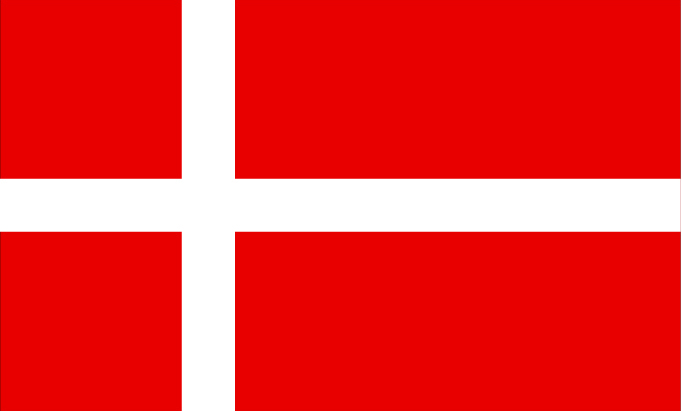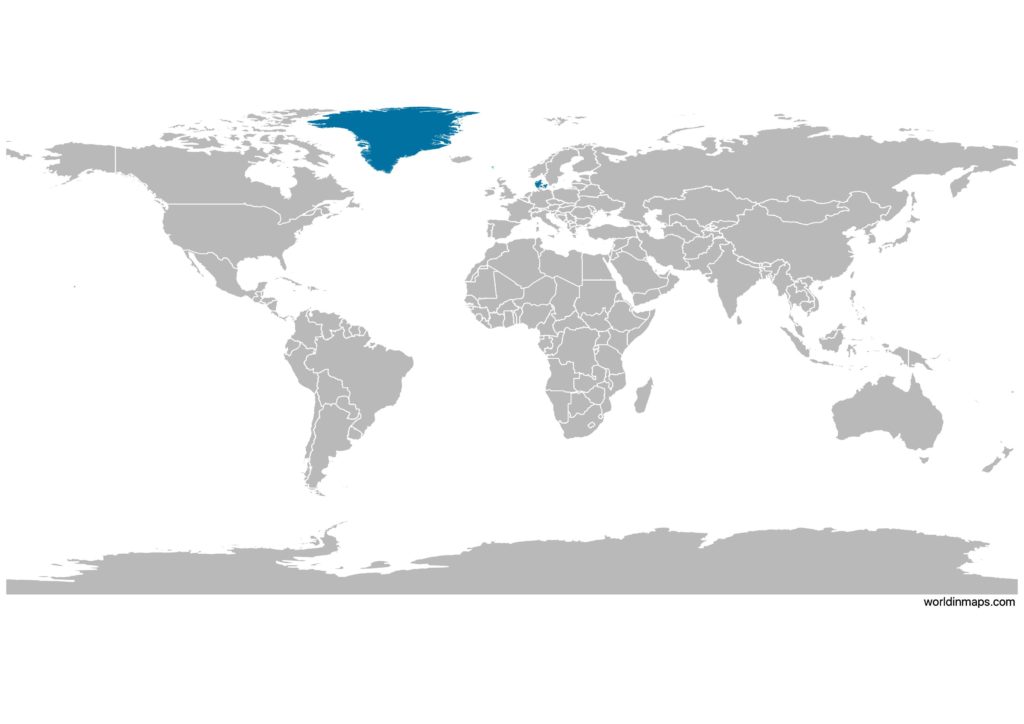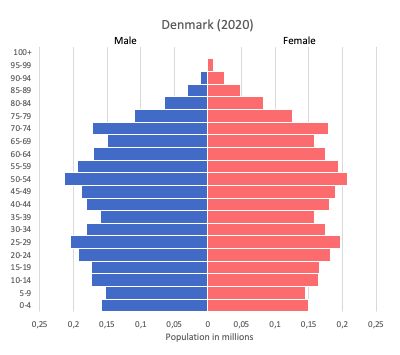Denmark

| Government | |
| Name | Kingdom of Denmark |
| Danish | Kongeriget Danmark |
| Government type | Parliamentary constitutional monarchy |
| Capital | Copenhagen (591,481 (2016)) |
| Currency | Danish krone (DKK) |
| People | |
| Population (2020) | 5,792,203 (114th) |
| Density of population | 135.73 P/km2 |
| Nationality | Danish |
| Official languages | |
| Danish | |
| Recognised regional languages | |
| Faroese | |
| Greenlandic | |
| German | |
| Ethnic groups (2018) | |
| Danish (includes Greenlandic ( predominantly Inuit) and Faroese) | 86.3% |
| Turkish | 1.1% |
| Other (largest groups are Polish, Syrian, German, Iraqi, and Romanian) | 12.6% |
| Religions (2019) | |
| Evangelical Lutheran (official) | 74.7% |
| Muslim | 5.5% |
| other / none / unspecified | 19.8% |
| Life expectancy (2020) | |
| Male | 79.3 years |
| Female | 83.3 years |
| Total population | 81.2 years (35st) |
| Homicides | |
| Total (2018) | 1.0 per 100,000 people (140th) |
| Geography | |
| Land area | 42,434 km2 |
| water area | 660 km2 |
| total area | 43,094 km2 (134th) |
| Note: excludes the Faroe Islands and Greenland | |
| Mean elevation | 34 m |
| Lowest point | |
| Lammefjord | -7 m |
| Highest point | |
| Mollehoj/Ejer Bavnehoj | 171 m |
| Land use (2011) | |
| Agricultural land | 63.4% |
| Arable land | 58.9% (highest percentage for any country in the world) |
| Permanent crops | 0.1% |
| Permanent pasture | 4.4% |
| Forest | 12.9% |
| Other | 23.7% |
| Urbanization | |
| Urban population (2020) | 88.1% |
| Rate of urbanization | 0.51% annual rate of change (2015 – 2020) |
| Economy | |
| Labor force (2017) | 2.998 million (104th) |
| Labor force by occupation (2016) | |
| Agriculture | 2.4% |
| Industry | 18.3% |
| Services | 79.3% |
| Unemployment rate (2017) | 5.7% (84th) |
| GDP (PPP) (estimate 2018) | |
| Total | $299 billion (52nd) |
| Per capita | $51,643(19th) |
| GDP (nominal) (estimate 2018) | |
| Total | $370 billion (34th) |
| Per capita | $63,829 (6th) |
| GDP by sector (estimate 2017) | |
| Agriculture | 1.3% |
| Industry | 22.9% |
| Services | 75.8% |
| Exports (2017) | $113.6 billion (34th) |
| Exports partners (2017) | |
| Germany | 15.5% |
| Sweden | 11.6% |
| UK | 8.2% |
| US | 7.5% |
| Norway | 6% |
| China | 4.4% |
| Netherlands | 4.4% |
| Imports (2017) | $94.93 billion (37th) |
| Imports partners (2017) | |
| Germany | 21.3% |
| Sweden | 11.9% |
| Netherlands | 7.8% |
| China | 7.1% |
| Norway | 6.3% |
| Poland | 4% |
Denmark on the world map

Denmark is located in the north of Europe and the mainland is part of the region of Scandinavia.
Denmark top 10 largest cities (2016)
- Copenhagen (591,481)
- Aarhus (330,639)
- Odense (198,972)
- Aalborg (210,316)
- Esbjerg (115,748)
- Randers (97,520)
- Kolding (91,695)
- Horsens (87,736)
- Vejle (111,743)
- Roskilde (86,207)
Demography
Population pyramid

Age structure data
Estimate for 2020:
- 0-14 years: 16.42% (male 494,806/female 469,005)
- 15-24 years: 12.33% (male 370,557/female 352,977)
- 25-54 years: 38.71% (male 1,149,991/female 1,122,016)
- 55-64 years: 12.63% (male 370,338/female 371,149)
- 65 years and over: 19.91% (male 538,096/female 630,475)
Remark: the age structure of a population affects a nation’s key socioeconomic issues. Countries with young populations (high percentage under age 15) need to invest more in schools, while countries with older populations (high percentage ages 65 and over) need to invest more in the health sector. The age structure can also be used to help predict potential political issues. For example, the rapid growth of a young adult population unable to find employment can lead to unrest.
Population from 1950 to 2020
Source: United Nations, Department of Economic and Social Affairs, Population Division (2019). World Population Prospects 2019, Online Edition. Rev. 1.
Evolution of the life expectancy from 1960 to 2018
Source: World Development Indicators, The World Bank
Economy
Agriculture:
barley, wheat, potatoes, sugar beets, pork, dairy products, fish
Industries:
wind turbines, pharmaceuticals, medical equipment, shipbuilding and refurbishment, iron, steel, nonferrous metals, chemicals, food processing, machinery and transportation equipment, textiles and clothing, electronics, construction, furniture and other wood products
Exports – commodities:
wind turbines, pharmaceuticals, machinery and instruments, meat and meat products, dairy products, fish, furniture and design
Imports – commodities:
machinery and equipment, raw materials and semimanufactures for industry, chemicals, grain and foodstuffs, consumer goods
Time zone and current time in Denmark
Go to our interactive map to get the current time in Denmark
History
- The Kalmar Union (1397 – 1523)